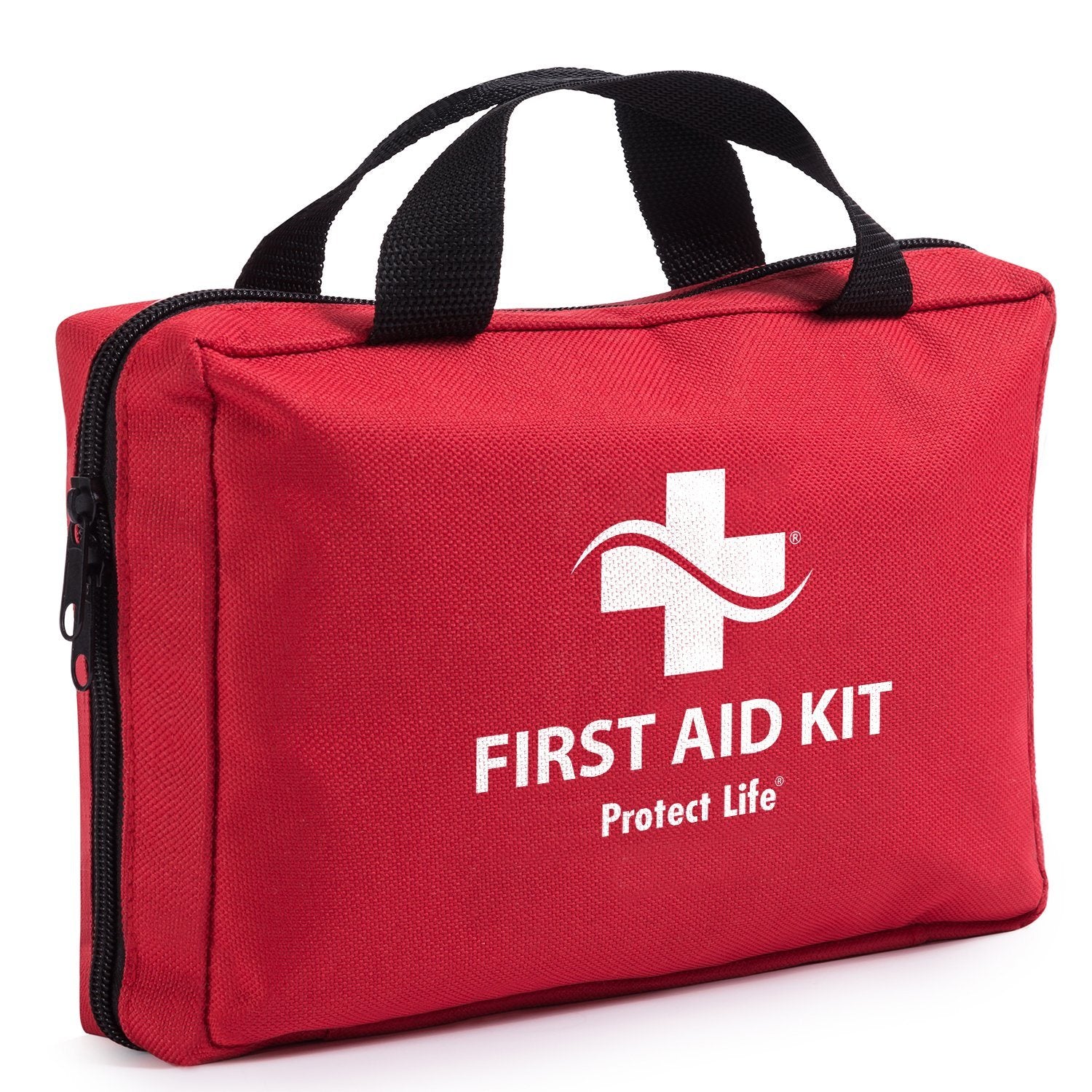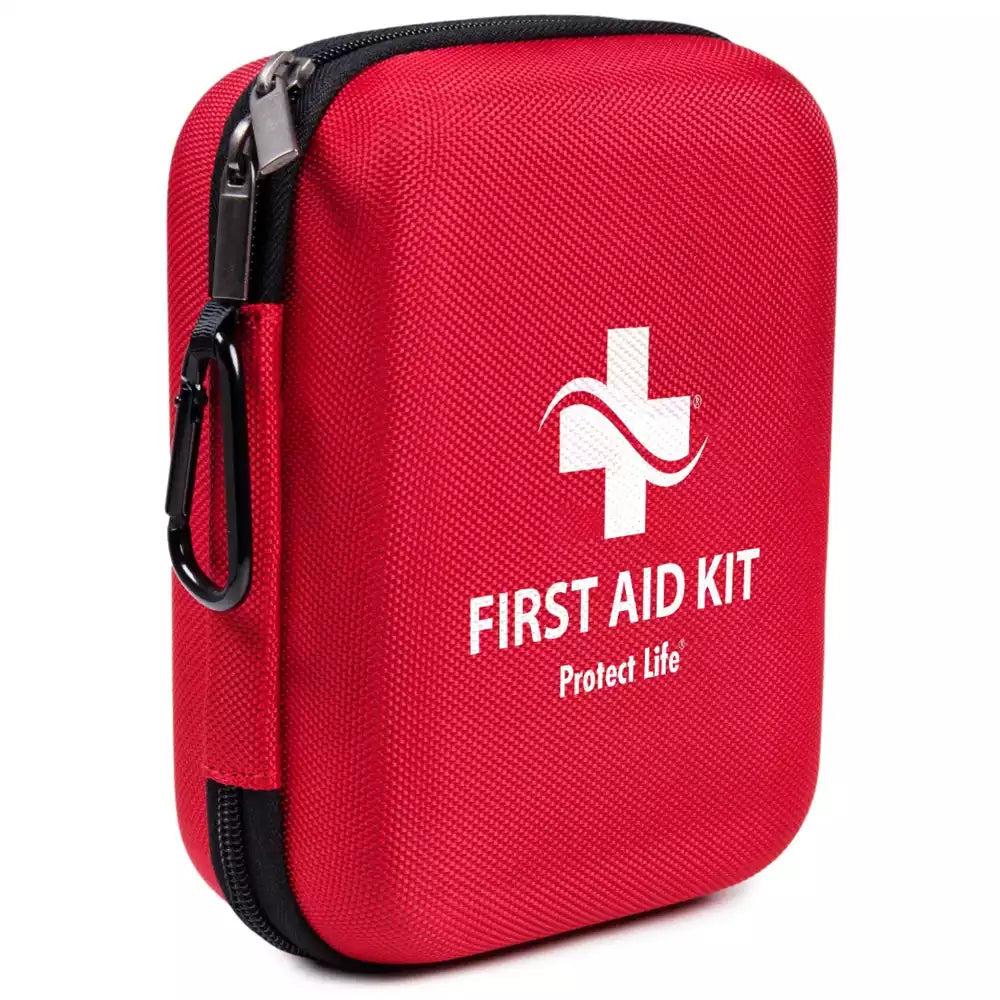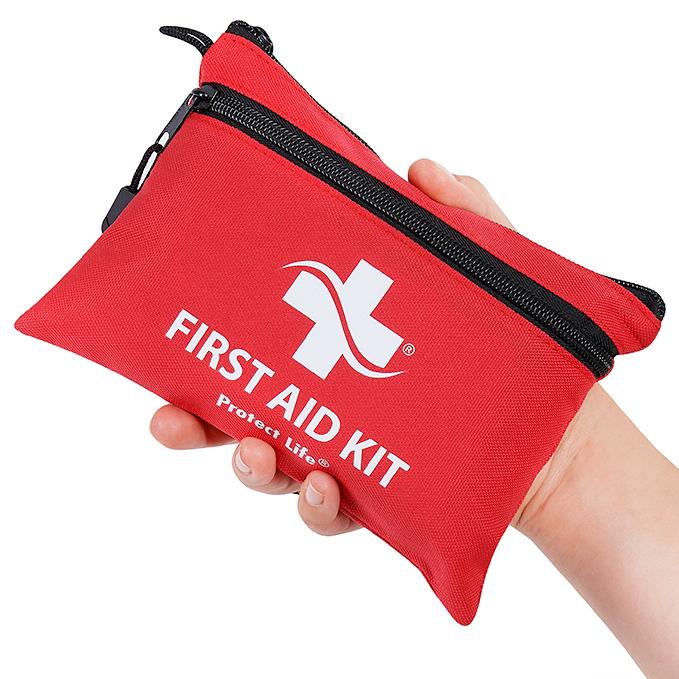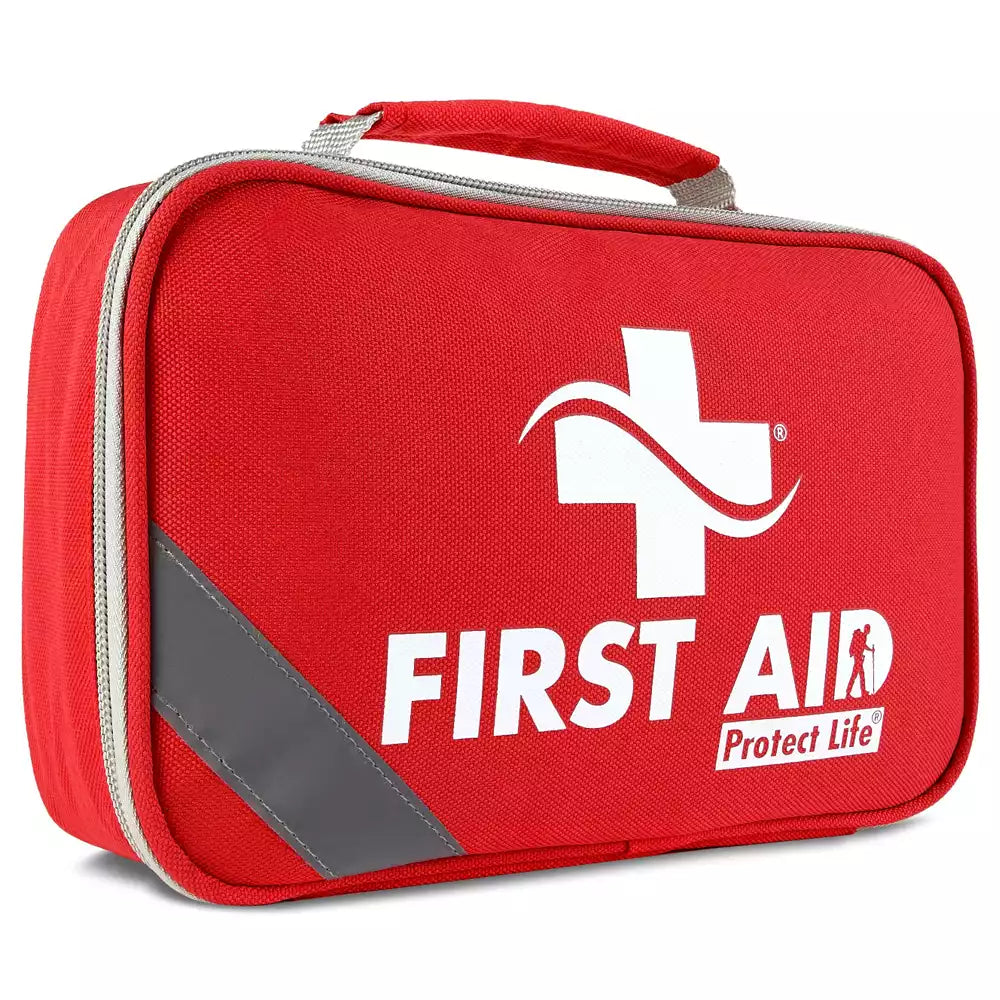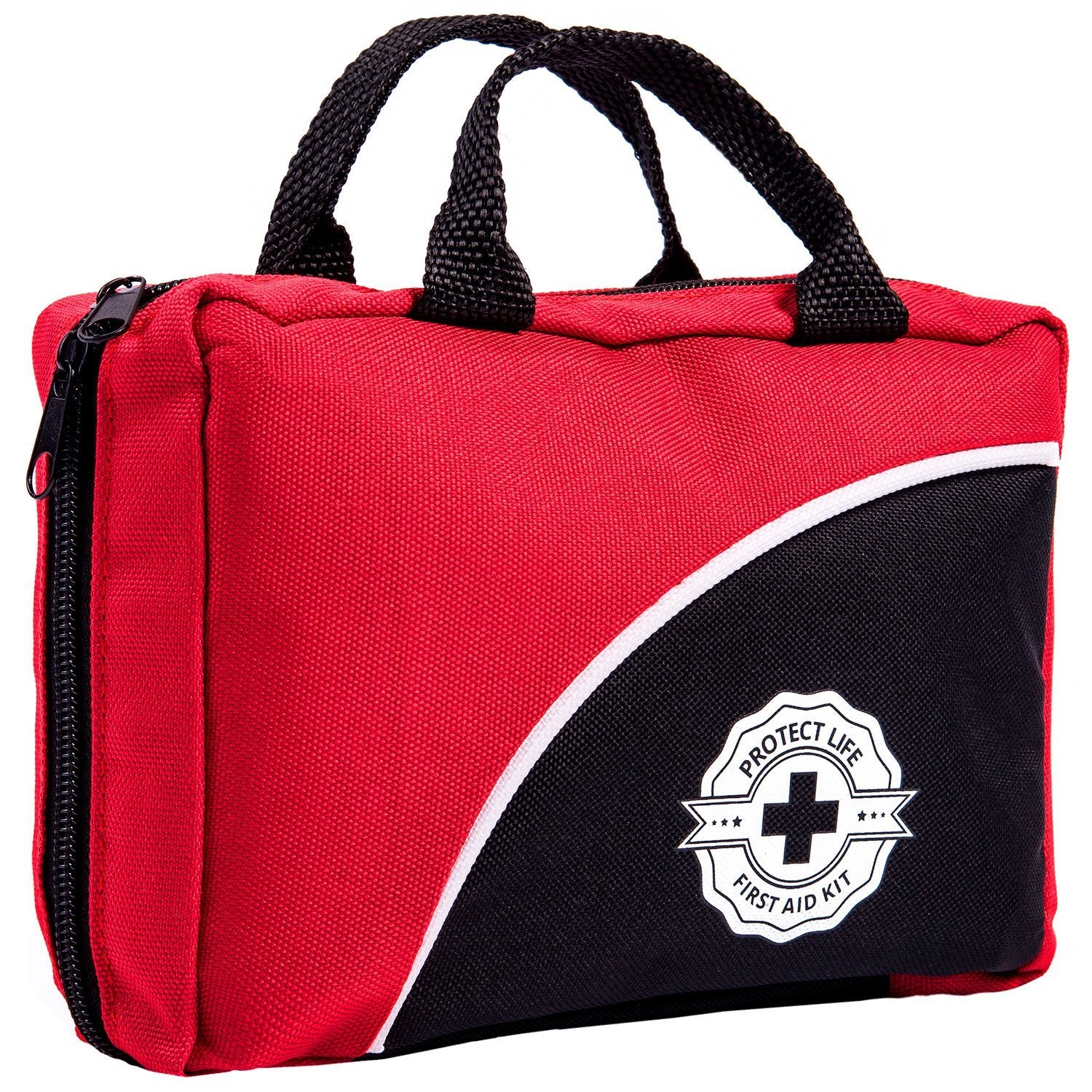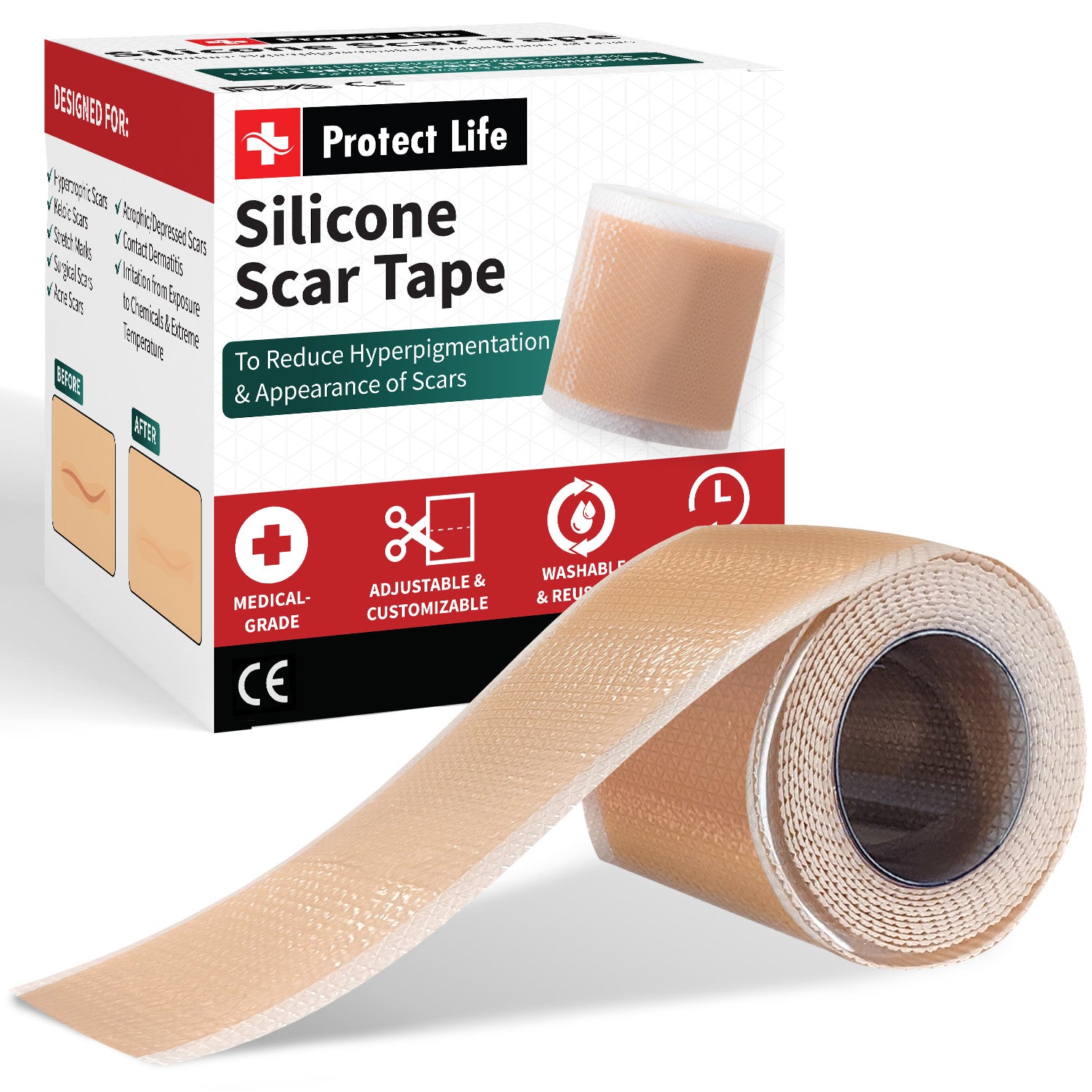N95 respirator masks are disposable respirators that are molded like cups to provide a very close fit to your face, sealing your nose and your mouth and filtering at least 95% of airborne particles.
The Centers for Disease Control and Prevention (CDC) considers N95 respirator masks as "critical supplies" for healthcare workers and medical first responders. These face gears can help protect them against harmful microorganisms (including the COVID-19 virus), particulate matter, and body fluids. With their snug fit, nearly all of the air is directed through their filter, and there's minimal leakage around the mask edges during inhalation.
Personnel in American health institutions use N95 respirators mask approved by the National Institute for Occupational Safety and Health (NIOSH). They're also worn by employees who work in environments where there's smoke, fumes, sprays, and dust. The masks protect these workers from lung disease and other possible impairments.
Proper Way of Wearing an N95 Respirator Mask

The US Department of Labor’s Occupational Safety and Health Administration (OSHA) has laid out a step-by-step guide for wearing and taking off your mask:
- Before handling the mask, wash your hands thoroughly with soap and water, or apply a solution with at least 60% alcohol on your hands.
- Inspect the respirator for any tears or damages. Don't use it if it looks deteriorated or soiled.
- Cup the mask in your hand with the nose piece facing outwards and the straps hanging below your hand or facing the floor.
- Place the mask under your chin and over your nose. There should be no gaps between your face and the respirator. The CDC recommends certain facial hairstyles for workers who must wear tight-fitting masks like N95 respirators.
- Beards, some mustaches, and sideburns can lift the mask, allowing particles and vapors to enter the available space, and individual facial hairs aren’t large and dense enough to “filter” these substances.
- Pull the upper strap over your head and position it at the back of your head. Do the same for the lower strap but let it rest below your ears. Avoid crisscrossing the straps.
- Some N95 masks have a metal nose strip, a thin metal bar on top of the respirator. If yours does, use your fingertips to press the clips to conform to the shape of your nose.
- Adjust the respirator right, left, up, or down until you get the best fit.
- Conduct a user seal check. The mask's manufacturer usually offers instructions for this. In general, you can test for any air leaks by placing your hands over the mask without changing its current position on your face. Then perform one or both of the following:
Positive pressure seal check
Exhale gently, then check if the respirator bulges slightly. There's outward leakage if you feel air movement along the edges of the facepiece. You won't feel any pressure buildup inside the mask, and your eyeglasses, if you wear a pair, would also get foggy.Negative pressure seal check
Take a deep but quick breath and check if the respirator collapses. The device is leak-free if you don't feel any air passing between your face and the mask when you inhale.
This test is applicable for masks with valves. The wearer has to cover the valve during inhalation.
You may also need to re-inspect the respirator if you suddenly become dizzy or nauseated after doing the seal check.
- Before removing the mask, wash your hands.
- Pull the lower strap from the back of your head without touching the respirator. Do the same with the top strap.
- Dispose of the mask in a waste container, then wash your hands again.
The OSHA requires employers to implement fit checks, which are usually done annually, to make sure that the masks will fit their workers' faces as they wear them for the first time.
Extended Use of N95 Respirator Mask
In case supplies of N95 respirator mask run low, the OSHA allows workers to extend the use of their facepiece, after consultation with their in-house and local government health departments. The following conditions must also be met:
- The respirator's "structural and functional integrity" should be intact. This means masks shouldn’t be deformed or have punctures.
- Its filter material should've not been damaged or contaminated with blood, body fluids, oil, or paint.
Employers must check the respirator packaging or ask the product manufacturer about how long it can be used. If that information is unavailable, you can go by the data gathered by CDC, which suggests that N95 devices be reused up to five times only.
Immediate disposal is generally advisable after the user has had close contact with an infected patient and after aerosol-generating procedures. These are procedures wherein patients are likely to secrete saliva or other body fluids.
Employers must also set a clear policy on the donning (wearing), between-use storing, and doffing (removal) of the respirators. The guidelines must remind users to:
- Avoid touching the inside of the mask.
- Wear clean gloves when donning the mask.
- Inspect its quality before reusing (including checking the surface, straps, and nose bridge as well as doing a seal check).
- Properly dispose the mask.
Additional Tips for Employers
To reduce the contamination of N95 masks, the CDC encourages employers to do the following:
- Ask wearers to don cleanable face shields over their masks.
- Have patients wear masks.
- Install barriers to prevent the spread of droplet sprays.
- Put up posters that remind staff about minimizing unnecessary contact with the surface of the respirator, practicing hand hygiene, and following proper techniques for wearing personal protective equipment.
N95 Respirator Mask with Valves
Some respirators have an exhalation valve that makes breathing easier for some users. But, the CDC doesn't recommend these types of masks in medical situations, particularly invasive procedures where one's work area and surroundings need to be sterile.
A mask with a valve might allow unfiltered exhaled air to circulate around the procedure room. The CDC recommends healthcare workers to wear a surgical or cloth face mask to cover the valve if only valve-equipped respirators are available.
N95 Respirator Mask Decontamination
Some institutions decontaminated their N95 masks when respirator supplies ran low in the U.S. between March and April 2020 amid the pandemic. The Food and Drug Administration (FDA) approved the use of hydrogen peroxide vapor machines at OhioHealth.
The machines can clean as many as 80,000 masks daily. Decontaminated masks can be reused up to 20 times. The Steramist system of Boston-based Dana-Farber Cancer Institute also uses hydrogen peroxide to decontaminate 2,000 masks daily under a two-hour process.
Meanwhile, scientists at the National Institutes of Health and the University of California conducted lab experiments to remove virus from N95 fabric in four different ways. They used vaporized hydrogen peroxide (VHP), 70-degree Celsius dry heat, ultraviolet light, and 70% ethanol spray. In the end, the masks that underwent the VHP-cleansing method survived three decontamination sessions while retaining their fit and seal.



